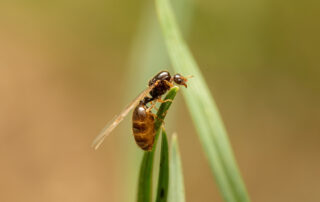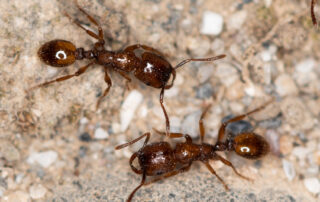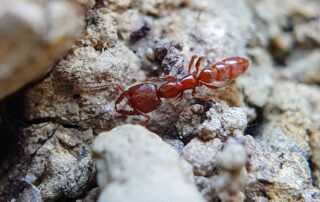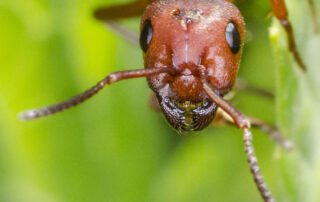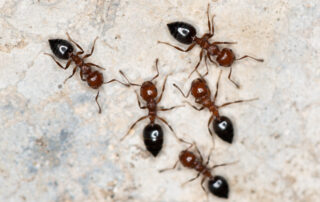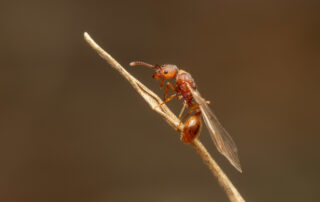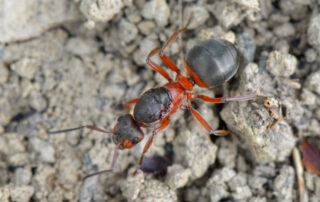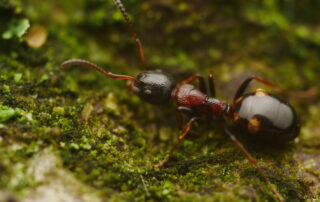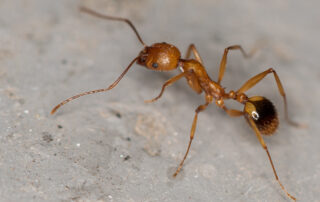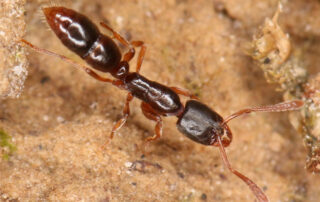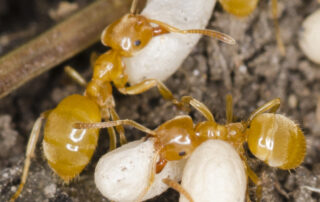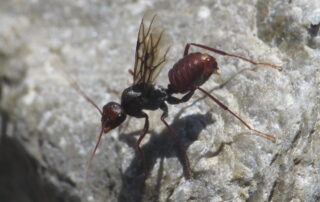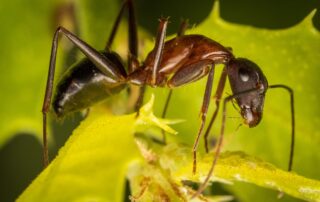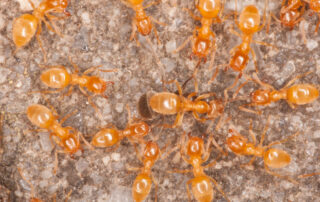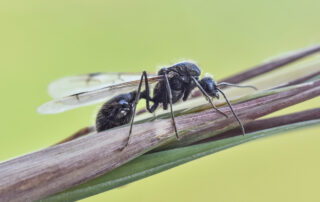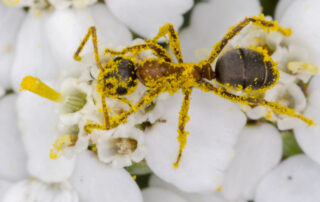
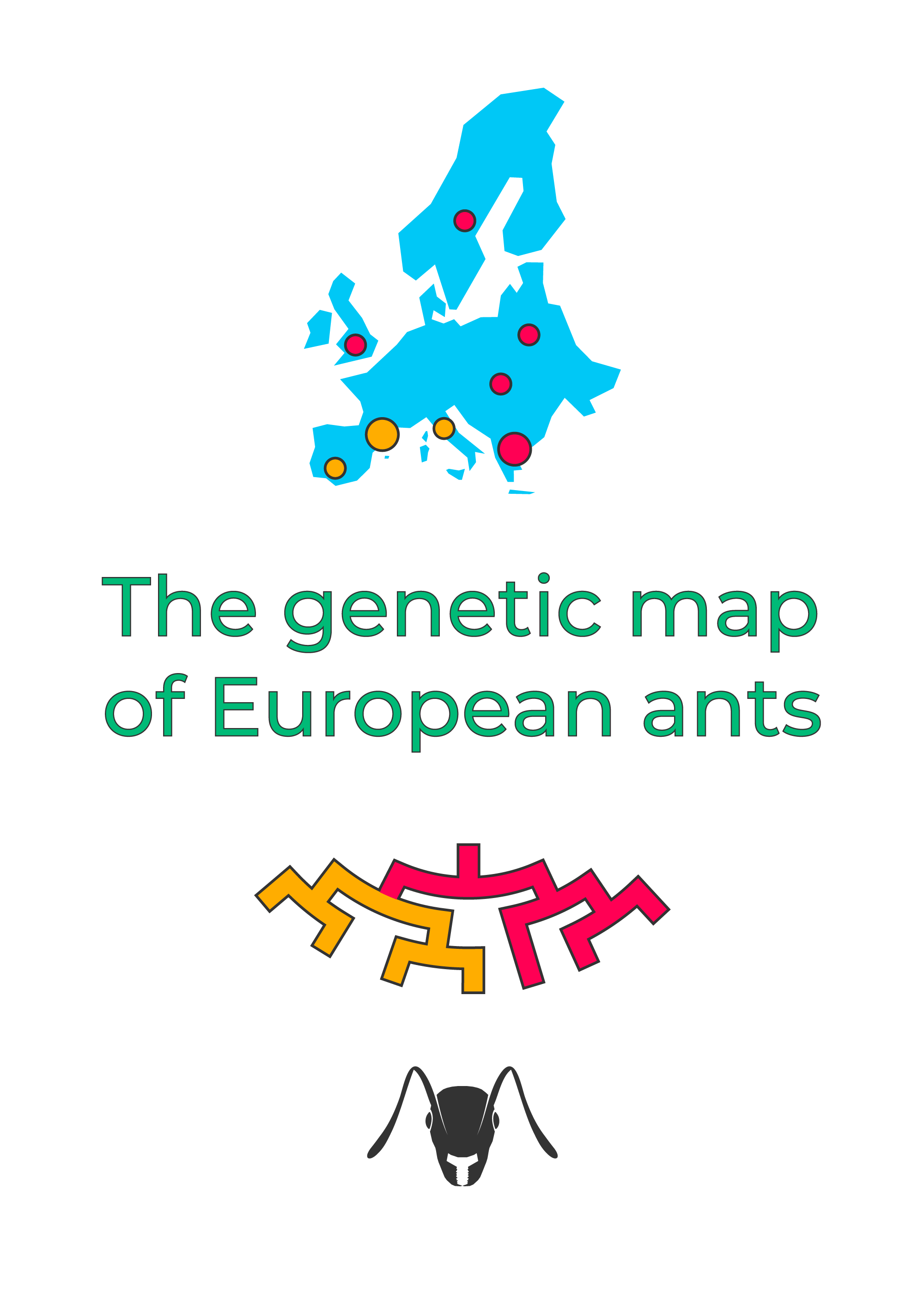
Why Ants
Diversity
Ants represent one of the most evolutionarily and ecologically successful groups of animals. The 120 million years of history and their complex sociality led ants to their high diversity, with more than 14,000 species described. The real number is probably much higher, maybe 20,000 or even 30,000 species.
Ant species richness mostly follows a latitudinal gradient, with more species occurring toward the equator. Around 600 ant species are present in Europe and every year many new species are discovered. Here, a higher number of species can be found in particular biogeographical and evolutionary areas: the Balkan, Iberian and Italian peninsula. Other types of areas such as islands (e.g. Crete and Sicily) also shown a high number of species and endemisms.
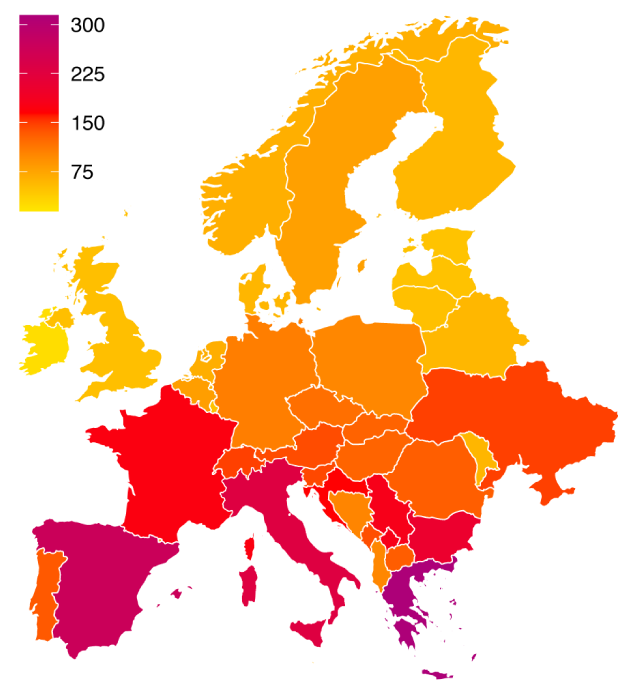
Number of ant species in each European country.
Considering only the study area, data from antmaps.org and antwiki.org.
Ecology
Ants play key roles in most terrestrial ecosystems. Although they reach the most astonishing biomass value in equatorial forests, they have a strong impact in temperate regions too, from forests to agricultural lands and even cities: they are among the most abundant generalist predators of other arthropods (sometimes controlling key pests), affect the soil quality through digging and cycling nutrients, disperse the seeds of several native plant species while consuming those of others, and they may be involved in complex mutualistic relationships with several other insect groups, as well as plants and fungi. Finally, they are also themselves the food of many among vertebrates and invertebrates!
Behaviour
We can’t think of ants without thinking about their social behaviour on which their success is rooted. Ants have been a fascinating model for generations of scientists describing their complex social structure, communication system, foraging strategies, and so on.
European ants exhibit very diverse social systems, some living in monogynous groups of a few dozens and others in supercolonies of tens of millions with hundreds of queens. Some are social parasites, usurping the colonies of other species to found their own, simply acting as uninvited guests (inquilines), or even becoming slave-makers. There are ants that never leave the canopy of the highest trees and those who never emerge from the soil or from caverns to see the sunlight, those that fiercely bite, sting or spray toxic substances to their enemies, others that deceive predators by mimicking more aggressive ants and even some that flee adopting the shape of a ball with their body and rolling away. Phylogenetic patterns leading to this diversity of adaptations are yet to be documented in most cases.
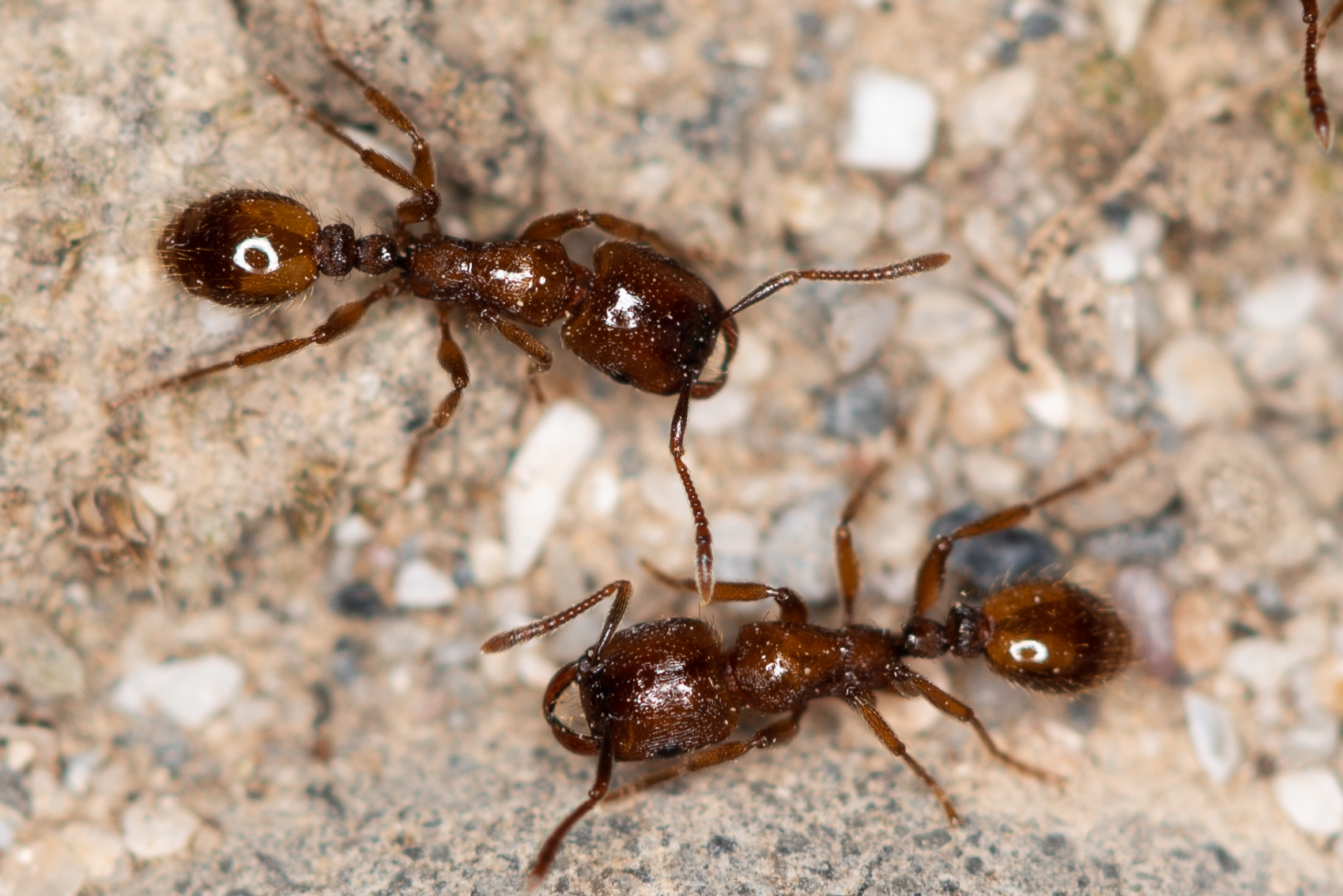
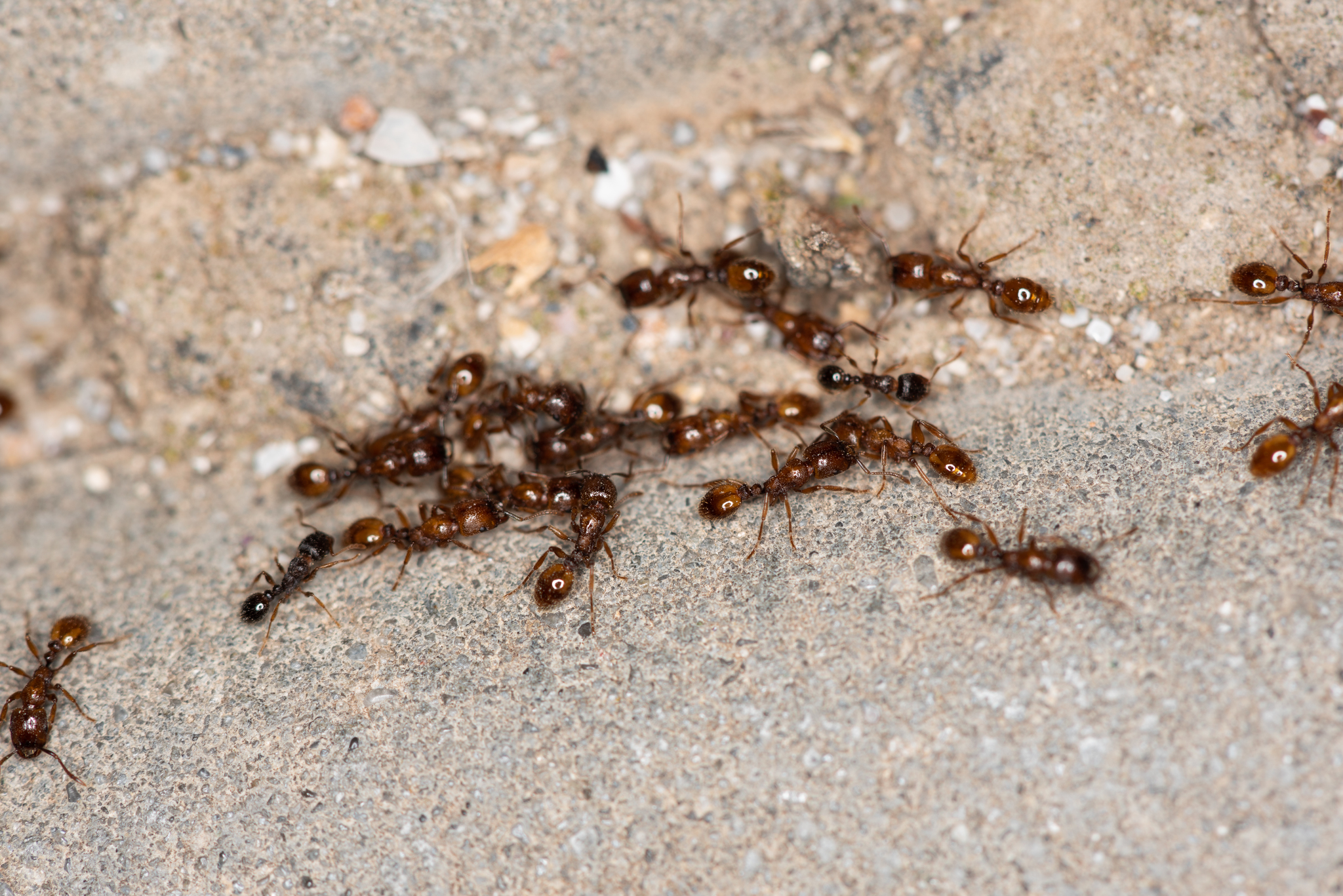
Strongylognathus arnoldii is a slave-maker ant which parasitises Tetramorium colonies. In this picture a few Tetramorium workers can be easily spotted thanks to their smaller size compared to the slave-makers one.
(Pictures by Marina Gorbunova)
And most of all, because we love them!
Project
Barcoding library

Of native and alien ant species
with an assessment of the intraspecific variability.
A tool for:

Alpha-taxonomy
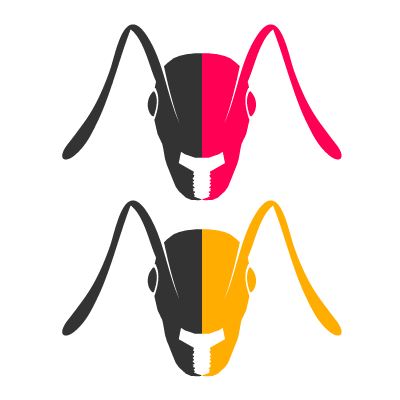
Unveiling cryptic species

Detection of alien species
Comprehensive phylogeny
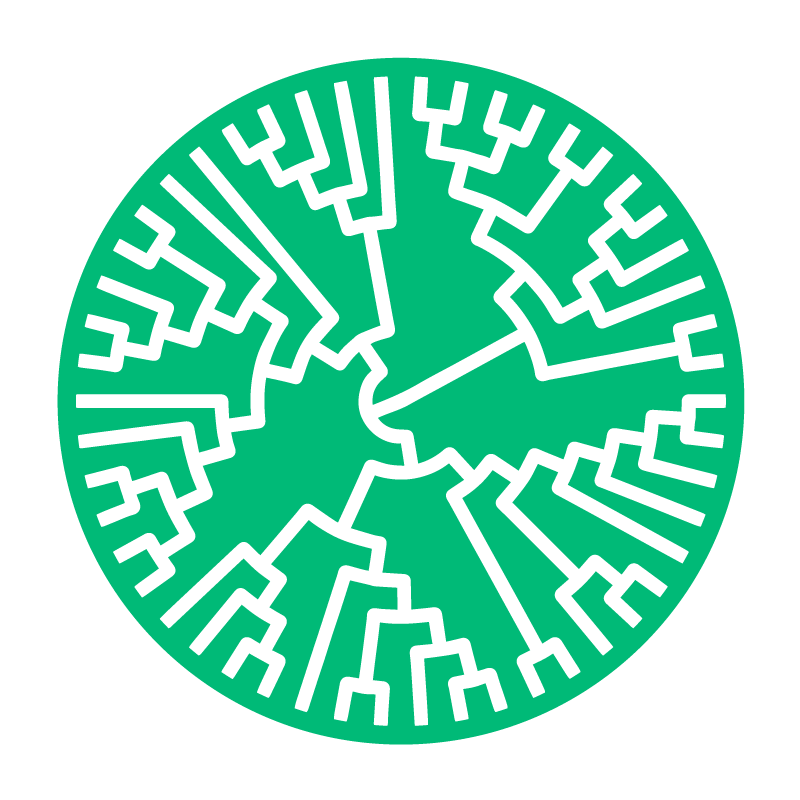
Integrating Ultraconserved Elements (UCEs)
and Sanger data.
A tool for:
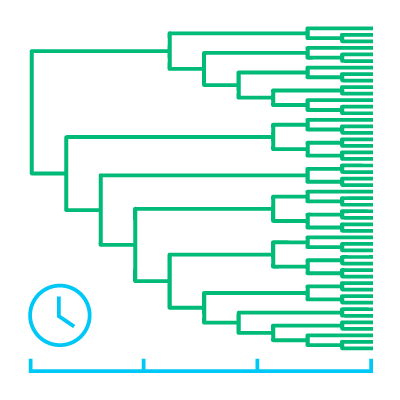
Evolutionary research

Macroecological studies

Ecosystem research
Sampling
The first year of the project is the sampling time! Considering the European ant fauna composed of around 600 species, we planned to sequence 80% of it.
We will sample ant species across their European distribution range to assess the intraspecific variability and unveil potential cryptic species. We will travel in the most interesting biogeographic areas (e.g. islands, mountain chains, refugia etc.) and collect both the commonest and rarest ant species. No species is trivial!
We will also focus on collecting specimens of the species type localities and terra typica in order to find the “real ones”!
Winklers will be our companions to search for the most interesting and shy species, the hypogean ones! And of course, we will have to go to search for the local endemisms, even for the hardest ones!
Which type of samples?
Absolute ethanol
︾
This is the best sample to use: multiple specimens collected in absolute ethanol (above 95%).
Pinned
︾
Pinned material kept in dry conditions.
Ethanol
︾
Specimens recently collected in ethanol above 70%.
Can you help us to collect ants from the farthest corners of Europe?
Or can you collect some rare species inhabiting your area?
We can provide you with the equipment to collect them.
SEND US AN EMAIL!
Team

Mattia Menchetti
PhD student at the Butterfly Diversity Evolution Lab
Institute of Evolutionary Biology (CSIC-UPF)
Barcelona, Spain

Roger Vila
Principal Investigator at Butterfly Diversity Evolution Lab
Institute of Evolutionary Biology (CSIC-UPF)
Barcelona, Spain

Leonardo Dapporto
ZEN Lab,
University of Florence
Italy

Enrico Schifani
Myrmecology Lab,
University of Parma
Italy

Sämi Schär
Switzerland

Paul D N Hebert
Centre for Biodiversity Genomics,
University of Guelph
Canada

Sebastian Salata
University of Wroclaw,
Poland

Lech Borowiec
University of Wroclaw,
Poland
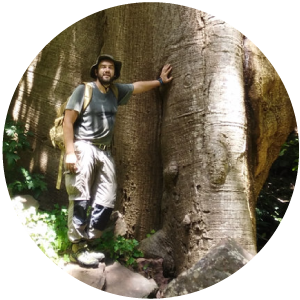
Kiko Gómez
Barcelona,
Spain
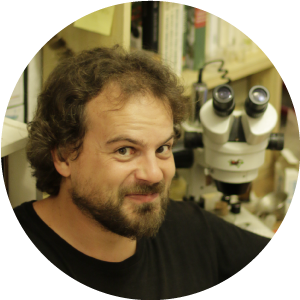
Fede García
Barcelona,
Spain

Jose Alberto Tinaut Ranera
Department of Zoology, University of Granada, Granada, Spain

Francisca Ruano
Department of Zoology, University of Granada, Granada, Spain

Tomasz Suchan
W. Szafer Institute of Botany, Polish Academy of Sciences
Kraków, Poland

Albena Lapeva-Gjonova
Sofia University “Sv. Kliment Ohridski”
Sofia, Bulgaria

José María Gómez Durán
Madrid,
Spain

Bonnie Blaimer
Museum für Naturkunde
Berlin, Germany
Collaborators
Many other people are making this project possible, thanks to you all!
Leonardo Platania, Elisabetta Sbrega, Emiliano Mori, Giacomo Bruni, Alessandro Canzi, Gerard Talavera, Vincenzo Gentile, Elia Nalini, Antonio Scupola, Dario Cioppa, Stefano Menchetti, Paola Ferruzzi, Nikola Balevic, Konstantinos Kalaentzis, Norian Saliba, Tomislav Kragujevic, Irakleitos Giotis, David Drinic, Sara Viale, Emiliano Franci, Alessandro Cini, Mattia Francesco D’Amato, Lorenzo Pelicella, Vincent Byström, Matt Hamer, Bernard Bal, Paolo Mazzei, Roberto Ritrovato, Martino Bolognesi, Deniz Göksel, Julien Stanley, Bogdan Radivojevic, Pierre-Louis Fauriac, Philippe Laroque, Nicolò Crosato, Tomasz Krzyżanowski, Eduardo Sequeira, Daniele Saracino, Fabio Manca, Michele Bertoncini, Tommaso Giorgi, Pau Balart, Adrian Villastrigo, Eva García Esquivel, Gabriel Mochales, Valéria Marques, Matteo D’Ambrosio, Piergiorgio Di Pompeo, Elia De Lisi, Cathal Hilliard, Maria Serracanta, Björn Matthies, Marc Ramos Llorens, Andrea Montechiarini, Roberto Piras, Ivan Pesce, Andy Marquis.

